Tile Epoxy
Two-component epoxy mortar, class R2 T according to EN 12004 and class RG according to EN 13888, for the bonding and grouting up to 15 mm of ceramic, ceramic and glass mosaic, marble and natural stone elements.
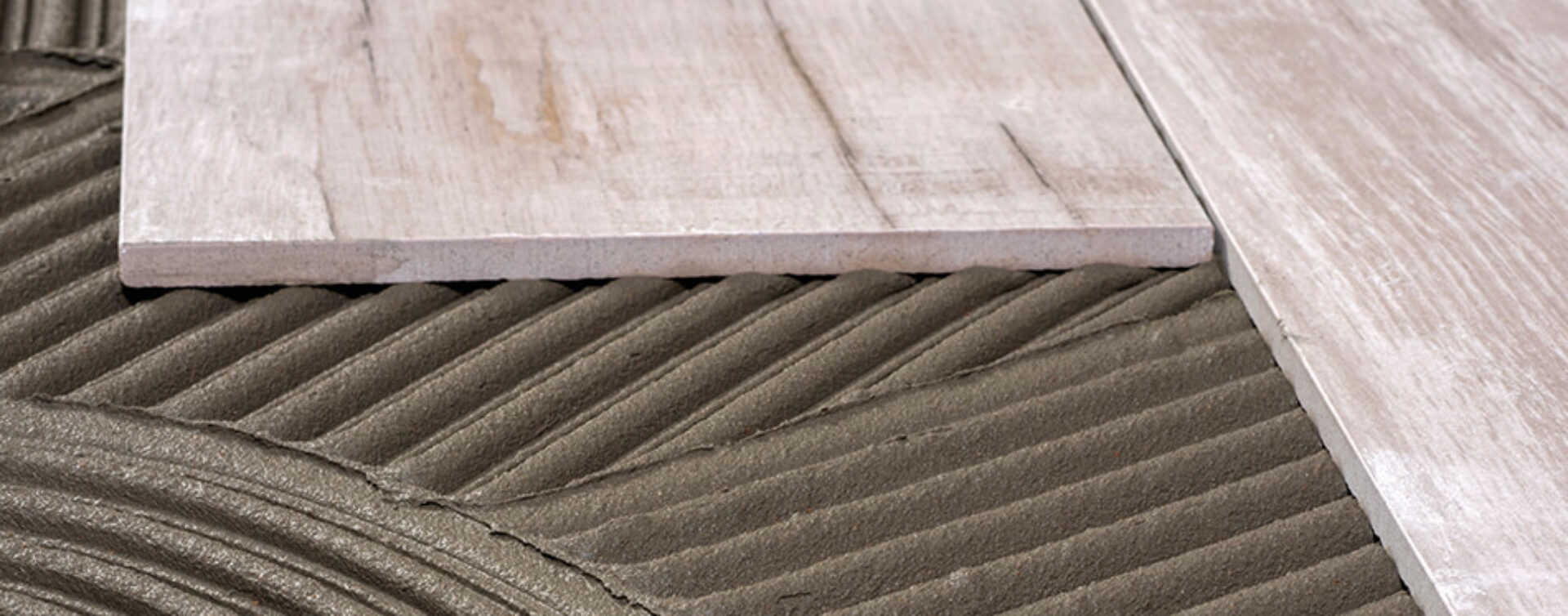
Two-component epoxy mortar, class R2 T according to EN 12004 and class RG according to EN 13888, for the bonding and grouting up to 15 mm of ceramic, ceramic and glass mosaic, marble and natural stone elements.
Variations
Application areas
Discover more
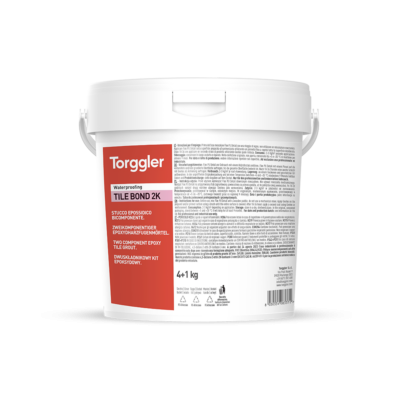
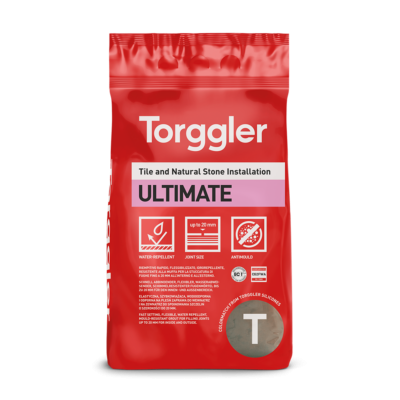
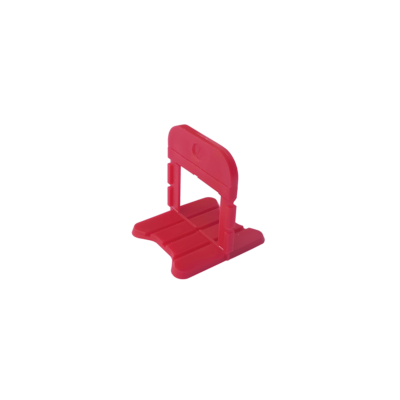
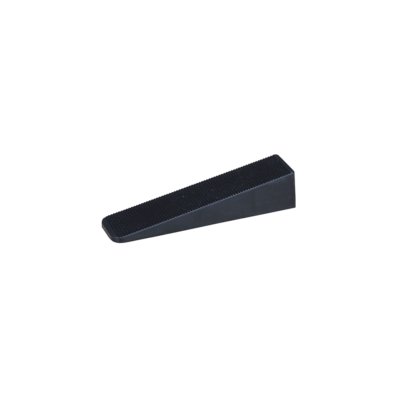
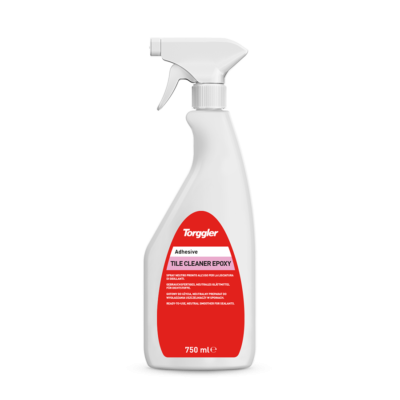
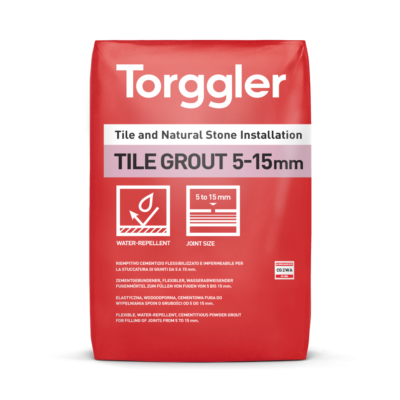
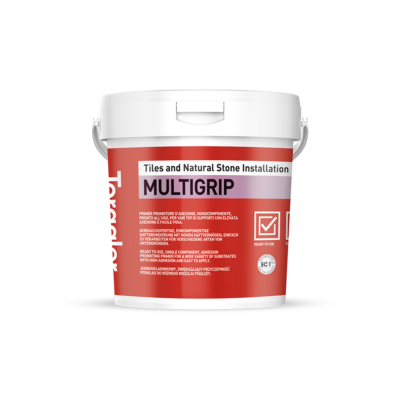
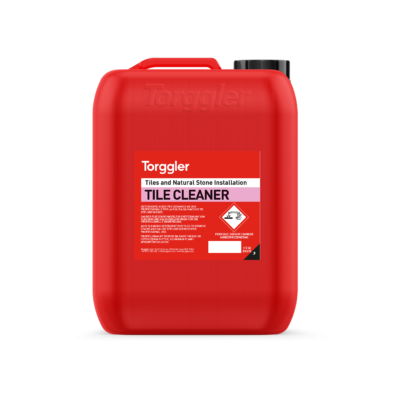
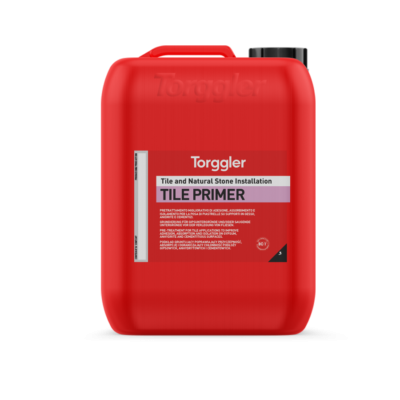
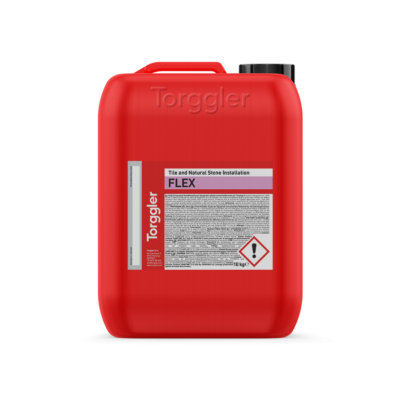
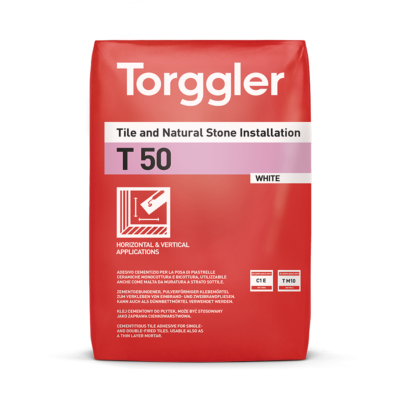
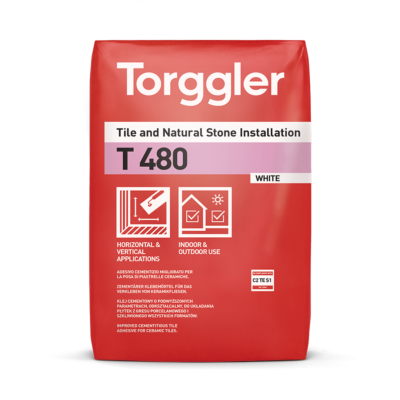
Tile Epoxy is a two-component epoxy resin based mortar containing special quartz particles and specific additives for creating waterproof joints with high chemical resistance. Tile Epoxy is characterized by excellent workability and its extremely easy clean up. Withstands freezing and thawing cycles.
PREPARATION
If used as an adhesive, ensure that the substrate (concrete, screed, plaster or other) has cured properly, is strong, clean, free of dust and dirt in general, oils or grease, and is not damp or wet.
MIXING THE PRODUCT
Pour the pre-dosed component B into the container of component A and mix thoroughly until a homogeneous mass is obtained.
APPLICATION
If used as an adhesive, apply the product by spreading it over the substrate with a notched trowel, then lay the ceramic or stone tile covering. If used as a joint grout, use a rubber filling knife to thoroughly fill the joints; remove any excess product. Once prepared, the mix has a pot-life of about 45 minutes. The pot-life is shorter at higher temperatures and longer at lower temperatures.
CLEANING
Clean by repeatedly passing a hard or abrasive sponge moistened with lukewarm water over the filled joints.
FINAL CLEANING
After the initial thickening of the product, final cleaning can be done using water containing 10% alcohol. Once hardened, only mechanical cleaning can be performed.
24 months if kept in a cool, dry place in its original packaging at a temperature between +10 and +25°C.
Do not use Tile Epoxy:
| Color | Code | Bicomponent | Packaging | Packaging size | Pallet | Barcode |
|---|---|---|---|---|---|---|
| Slate grey | 15536 | 2 components | bucket | 3kg |
100 buckets
|
|
| White | 15190 | 2 components | bucket | 3kg |
100 buckets
|
|
| Jasmin 1013 | 15191 | 2 components | bucket | 3kg |
100 buckets
|
|
| Bright grey 7047 | 15196 | 2 components | bucket | 3kg |
100 buckets
|
|
| Grey | 15197 | 2 components | bucket | 3kg |
100 buckets
|
|
| Black 9005 | 15198 | 2 components | bucket | 3kg |
100 buckets
|
|
| Bahama 1001 | 15193 | 2 components | bucket | 3kg |
100 buckets
|
|
| Chestnut 8028 | 15194 | 2 components | bucket | 3kg |
100 buckets
|
Adhesive for the laying and bonding of ceramic, mosaic, marble and natural stone elements to walls and floors where high performance is required. Highly aesthetic waterproof joint grout with excellent chemical and mechanical resistance for the vertical and horizontal grouting of tiles laid in civil, industrial and commercial areas. Ideal for areas such as bathrooms, showers, kitchens, swimming pools, pools, saunas, spa facilities, garages, shops, warehouses and rooms used for industrial processing.
| Name | Concentration % | Prolonged Contact at 20 °C | Occasional contact at 20 °C |
| ACIDS | |||
| Acetic | 2,5% | + | + |
| Acetic | 5% | +/- | + |
| Acetic | 10% | – | – |
| Hydrochloric | 37% | +/- | + |
| Chromic | 20% | – | – |
| Citric | 10% | – | – |
| Formic | 2,5% | + | + |
| Formic | 10% | – | – |
| Lactic | 2,5% | + | + |
| Lactic | 5% | +/- | + |
| Lactic | 10% | – | +/- |
| Nitric | 25% | +/- | + |
| Nitric | 50% | – | – |
| Oleic | – | – | |
| Phosphoric | 50% | +/- | + |
| Phosphoric | 75% | – | – |
| Sulphuric | 1,5% | + | + |
| Sulphuric | 50% | +/- | + |
| Sulphuric | 98% | – | – |
| Tannic | 10% | +/- | + |
| Tartaric | 10% | + | + |
| Oxalic | 10% | + | + |
| ALKALIS AND SATURATED SOLUTIONS | |||
| Ammonia | 25% | + | + |
| Sodium hydroxide | 50% | + | + |
| Potash | 50% | + | + |
| Sodium hypochlorite: Active chlorine |
6,5 g/l | +/- | + |
| Sodium hypochlorite: Active chlorine |
162 g/l | – | – |
| SATURATED SOLUTIONS | |||
| Sodium hyposulphite | + | + | |
| Sodium chloride | + | + | |
| Calcium chloride | + | + | |
| Iron chloride | + | + | |
| Aluminium sulphate |
+ | + | |
| Sugar | + | + | |
| Hydrogen peroxide | 1% / 10% | + | + |
| Sodium bisulphite | + | + | |
| Sodium hyposulphite | + | + | |
| OILS AND FUELS | |||
| Gasoline | + | + | |
| Petroleum | + | + | |
| Diesel fuel | + | + | |
| Olive oil | + | + | |
| SOLVENTS | |||
| Ethyl alcohol | + | + | |
| Acetone | – | – | |
| Ethylene glycol | + | + | |
| Glycerine | + | + | |
| Perchlorethylene | – | – | |
| Trichloroethane | – | – | |
| Trichlorethylene | – | – | |
| Methylene chloride | – | – | |
| Toluol | – | – | |
| Benzol | – | – | |
| Xylene | – | – | |
Key: + = excellent resistance, +/- = fair resistance, – = poor resistance
| PARAMETER | VALUE |
| Mixing ratio | Comp. A : Comp. B = 94 : 6 |
| Component A | |
| Consistency | pasty |
| Density | 1,65 kg/l |
| Viscosity at 25 °C | Over 1.000.000 mPa*s |
| Solids content | 100% |
| Component B | |
| Consistency | dense liquid |
| Density | 0,95 kg/l |
| Viscosity | ca. 500 mPa*s |
| Solids content | 100% |
| PARAMETER | REQUIREMENTS | VALUE |
| Measured on fresh mix | ||
| Application temperature | da +10 °C a +25 °C | |
| Pot life (at 23°C and 50% RH) | ca. 45 minutes | |
| Measured on hardened product | ||
| AS AN ADHESIVE ACCORDING TO EN 12004 | ||
| Initial shear adhesion strength (EN 12004-2 / 8.5.3.2) | > 2 N/mm2 | 5,6 N/mm2 |
| Shear adhesion strength after water immersion (EN 12004-2 / 8.5.3.3) |
> 2 N/mm2 | 7,4 N/mm2 |
| Shear adhesion strength after thermal shock (EN 12004-2 / 8.5.3.4) |
> 2 N/mm2 | 2,5 N/mm2 |
| Open time (EN 1346) | > 20 minutes | > 20 minutes |
| Determination of slip (EN 1308) | < 0,5 mm | < 0,2 mm |
| AS A GROUT ACCORDING TO EN 13888 | ||
| Abrasion resistance (EN 12808-2) | < 250 mm3 | < 250 mm3 |
| Flexural strength (EN 12808-3) | 30 N/mm2 | > 30 N/mm2 |
| Compressive strength (EN 12808-3) | > 45 N/mm2 | > 45 N/mm2 |
| Capillary water absorption after 240 minutes (EN 12808-5) | < 0,1 g | < 0,1 g |
| Shrinkage (EN 12808-4) | < 1,5 mm/m | < 1,5 mm/m |
| Foot traffic (at 23 °C) | ca. 24 hours | |
| Ready for use (at 23 °C) | ca. 7 gg | |
| Service temperature | -20 °C to +100 °C | |
| Coverage as an adhesive | 2,0 to 4,0 kg/m2 | |
| Coverage as a joint grout | 0,1 to 2,0 kg/m2 | |
Coverages can vary depending on the use, the type and size of the tiles, the roughness of the substrate and the width of the gaps. Approximately 2.0-4.0 kg/m2 if used as an adhesive. If used for filling joints the coverage of the product normally varies from approx. 0.1 to 2.0 kg/m2.
| TILE SIZE | JOINT WIDTH (IN MM) | ||
| DIMENSIONS (IN MM) | 2 | 5 | 8 |
| 20 x 20 x 4 | 1,2 | 3,2 | 5,1 |
| 50 x 50 x 4 | 0,5 | 1,3 | 2,0 |
| 100 x 100 x 6 | 0,4 | 1,0 | 1,5 |
| 120 x 240 x 12 | 0,5 | 1,2 | 1,9 |
| 200 x 200 x 10 | 0,3 | 0,8 | 1,3 |
| 300 x 300 x 10 | 0,2 | 0,5 | 0,8 |
| 400 x 400 x 10 | 0,2 | 0,4 | 0,7 |
| 150 x 900 x 10 | 0,3 | 0,6 | 1,0 |
| 600 x 1200 x 10 | 0,1 | 0,2 | 0,3 |
The values in the table are expressed in kg/m2.
FORMULA FOR CALCULATING THE COVERAGE OF TILE EPOXY
[(A+B)/(AxB)]xCxDx1,6 = coverage …….. kg/m2
Key: A = tile length, B = tile width, C = tile thickness, D = joint width
Contact our team for personalized support and product guidance.